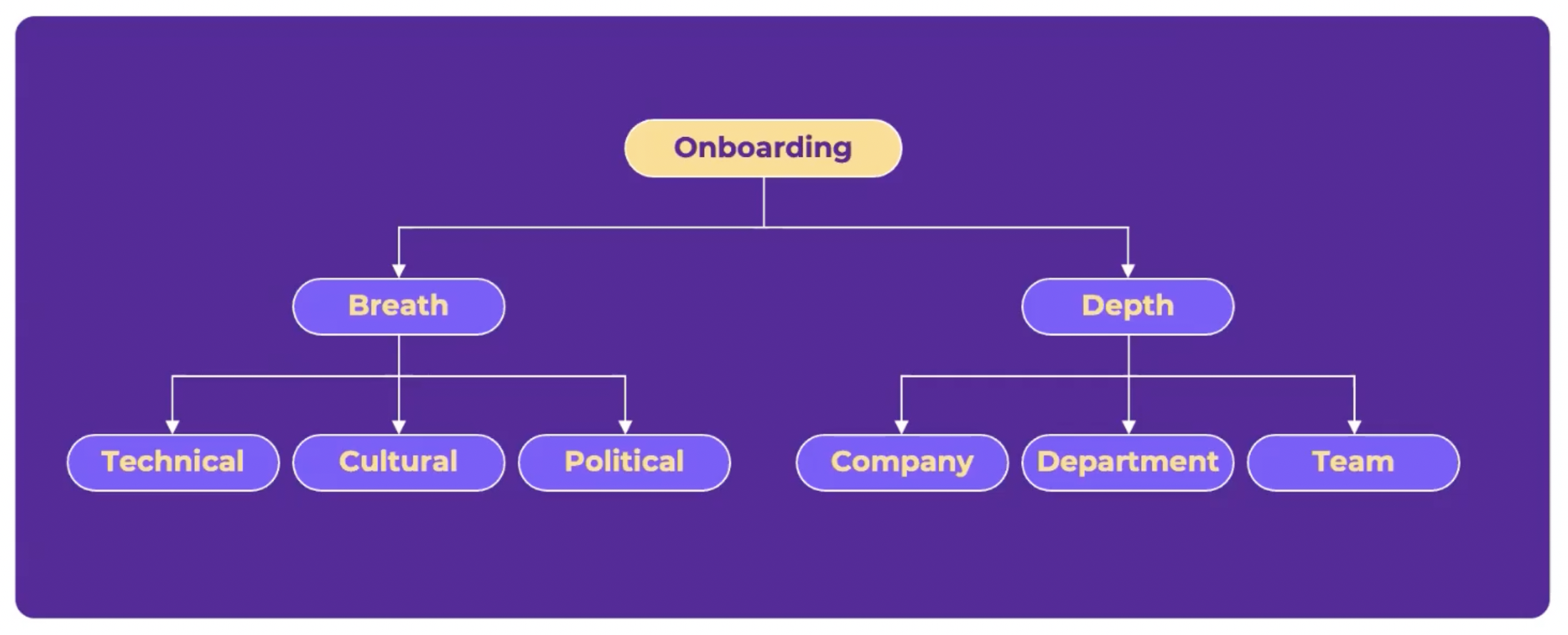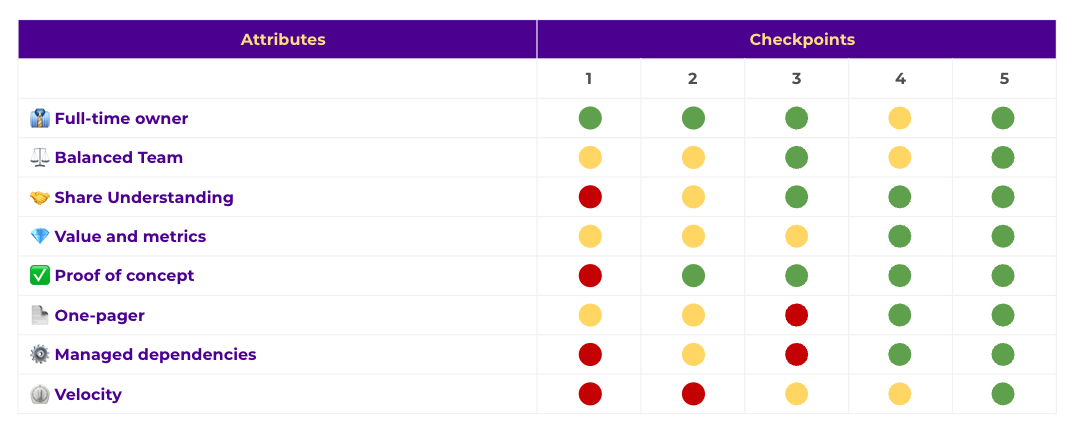How to build a localization team
Building a team takes more than just hiring a few people – it also requires the foundation of a strong and unique team culture that fits within a company. In today’s remote world, it’s more important than ever that teams embody shared values to create a safe space for collaboration, efficiency, and psychological safety.
In this session, Localization Career Coach Hristina Racheva uncovers what it takes to build a localization team from the ground up by sharing her experience of doubling her team’s size during the pandemic, their growth path, and how they managed everything across three different countries. She also digs deeper into how she conducts team check-ups, decides who to hire (generalists, specialists, senior, entry-level, etc.), identifies the team’s characteristics and gaps, and more.
Whether you are a hiring manager trying to build a team from the ground up, a leader of an existing team, or an individual contributor in a localization team, you can learn from this webinar:
- How to identify the roles your team needs
- Key elements for successful on-boarding
- Importance of team spirit and collaboration
- Ways your team can learn and grow together
- Tips for managers and leaders
Onboarding
Research has shown that being systematic in onboarding brings new employees up to speed 50% faster, which means they can start contributing to achieving desired goals in a team more quickly and efficiently.
For this reason, onboarding is more of an integration. “Integration” suggests having a more aspirational goal — doing what it takes to make the new person a fully functioning member of the team as quickly and smoothly as possible.
Your Role as a Manager
Onboarding is complex and requires a well-rounded process. While everyone from the teams is involved with and supports the new hire, no one has a bigger impact on new employees’ success than the managers who hired them. That’s because the managers understand what the new hires need to accomplish and what it will take — skills, resources, and connections.
- Understand their challenges. Onboarding is hard for new hires, even if they are experienced professionals. They are unfamiliar with the business, don’t understand how certain things work within the organization, lack established relationships, and have to adapt to a new culture. Research has shown that challenges in the latter two categories are the biggest reasons for quick turnover. New employees have to learn a lot and may be feeling quite vulnerable, even when they seem outwardly confident. Some might respond by playing it safe and sticking too much to what they already know, rather than asking questions and figuring out how to add value. So it’s important to reassure them that learning is more critical than doing in the early days. To set the expectations, be clear about how they will be evaluated during the onboarding process while also discussing long-term expectations and career development.
- Make them part of the team. The sooner the new team member builds effective working relationships with their peers, the better, and there’s a lot a hiring manager can do to make this happen. The starting point is to ensure the team understands why the person has been hired and what roles they will play. Then make sure the team connects with the new person individually to get to know each other on a personal level – something helpful that the team members can share are their learnings from their time here and what they wish they knew when they started.
- Connect them with key stakeholders. One simple way bosses can facilitate these connections is making a list of names, including brief notes on each, and making introductions, explaining why it’s important and relevant that they connect.
- Help them get early wins. Early wins are a powerful way for incoming employees to build confidence and credibility. People new to a job and organization often want to prove they can do it all and fall into the trap of trying to take on too much, too soon, thereby spreading themselves too thin. The manager’s job is to keep new hires focused on the essential work they should prioritize. Build an onboarding plan – a list of all tools and processes they need to know within the team, all expected actions they will be performing, their responsibilities. Then have a plan for each of these in one place – what they are supposed to learn/do by month 1, 2, 3, who will help with that, links to reading materials that give a good sense of accomplishment.
Onboarding is Multidimensional

For the success of a new member, there are a few key aspects that are important to have a good understanding of:
Breath
- Technical learning brings insights into the fundamentals of the business, such as products, customers, technologies, and systems.
- Cultural learning is about the attitudes, behavioral norms, and values that contribute to the unique character of the organization.
- Political learning focuses on understanding how decisions are made, how power and influence work, and figuring out whose support they will need most.
Depth
- Company structure and strategy: Make an introduction to high-level products and structure, especially those that collaborate with that localization team most often.
- Department structure and strategy: Make an introduction to the department that the localization team is part of and help them learn the common goals, how you collaborate, who the leads are, their roles, etc.
- Localization structure and strategy: Share the current team set up and strategy and explain why it is the way it is. Giving some history and background is also helpful to paint the whole picture and build a sense of belonging.
Learning and Growing
Learn Together
A team that learns together grows together. Here are ways you can learn together as a team:
- Schedule time for learning
- Knowledge sharing
- Localization learning
- Non-localization learning
- Cross-functional sharing
- External speakers
Set up team learning sessions – it’s often more fun and increases the sense of accountability for everyone. You can block some “learning” in the calendars, either in groups or individually. Putting time in calendars signals the significance and lets others know that they are not to be disturbed during this time with other meetings or activities. After that, set up a time where everyone can share what they’ve learned during their scheduled learning sessions – anything from localization to personal development.
Keeping up with the work happening across some of the disciplines or departments in the organization is also a significant learning opportunity. That way, your team can be aware of current and upcoming projects. Even the topics that don’t seem relevant immediately can still give you a holistic view of the business as a whole and prepare your team to be ready when opportunities arise. Most of the disciplines and departments have regular all-hands type sessions you can join or listen to the recording.
Grow Together
To grow together, the teams must help each other identify a few areas:
- What is holding the team back
- Where the team might want to pay more attention to
- Where the team is already doing an amazing job
It's incredible to see how the interaction and energy change when you start with that in mind – approaching the task with the intention of helping someone and having previously heard their personal story of growth and self-awareness is powerful.
Team Psychological Safety Assessment
Psychological safety refers to knowing that:
- When I make a mistake, it will not be held against me
- It is easy to bring up problems and tough issues
- People are accepting each other even if they are different
- It is safe to take risks
- It is easy to share opinions and be candid with each other
- It is easy to ask team members for help
- My unique talents are valued and utilized
Studies show that psychological safety allows for moderate risk-taking, speaking your mind, and creativity — just the types of behavior that lead to breakthroughs.
It's essential to recognize that even if you think there is a high level of safety in your team, other members may not. So see if your team members strongly disagree, disagree, agree, or strongly agree to the above items.
If there were any “strongly disagree” or “disagree” answers, your team could benefit from discussing the concept of psychological safety and exchanging ideas on how to increase it. You can book a workshop for your team here.
Develop a Culture of Feedback
Not many companies have a strong feedback culture or any at all. What makes receiving feedback so hard? The process strikes at the tension between two core human needs: 1) the need to learn and grow and 2) the need to be accepted just the way you are.
As a result, even a seemingly benign suggestion can leave you feeling angry, anxious, poorly treated, or profoundly threatened. Getting better at receiving feedback starts with understanding and managing those feelings.
Fostering a culture of feedback is about understanding how and why we are triggered:
- Truth Triggers: Set off by the content of the feedback. The advice seems mistaken, unhelpful, or simply untrue — you feel indignant and wronged.
- Relationship Triggers: Set off by feelings about the giver — you’ve had good or unpleasant experiences. How would it feel if it came from another?
- Identity Triggers: Set off by the content — the feedback conflicts with the core belief of who you think you are/not; you feel off-balance, defensive.
Once you get to that place where you understand each other’s triggers, you start asking more helpful questions:
- What can I do differently that will have the most significant impact on my success?
- What is preventing me from growing in my career?
- What skill could I learn that will help me improve in my role?
- What should I do more to have a bigger impact?
- Is there anything I should stop doing?
Improve Together
There are always areas for improvement, especially in today’s fast-paced world as technology and teams grow.
Team Health Check
By doing regular team health checks, teams should be able to:
- Increase trust and psychological safety within the team
- Have better relationships between teammates
- Create a culture of constructive criticism and feedback
- Raise issues and fix them quickly
- Share their feelings more easily and frequently

Track your team’s performance on the following categories and develop specific follow-up actions:
- Alignment - the squad understands the why behind what they are doing and has agreed on clear roles and responsibilities
- Customer satisfaction - regularly delivers value, acts on customer feedback
- Psychological safety - members can ask for help, there are regular and constructive debates, and mistakes are treated as learning opportunities
- Focus - focuses on most impactful work and limits work in progress
- Process - regularly takes time to reflect and make improvements, has high quality documentation, and has effective meetings
- Motivation - the team members are positive about being part of the team, have sufficient autonomy, and do work that is meaningful to them
- Distribution of work - distributes work fairly and evenly and minimizes knowledge silos
%20052925%20-%20AI%20Translation%20101%20(1).png)
.jpg)